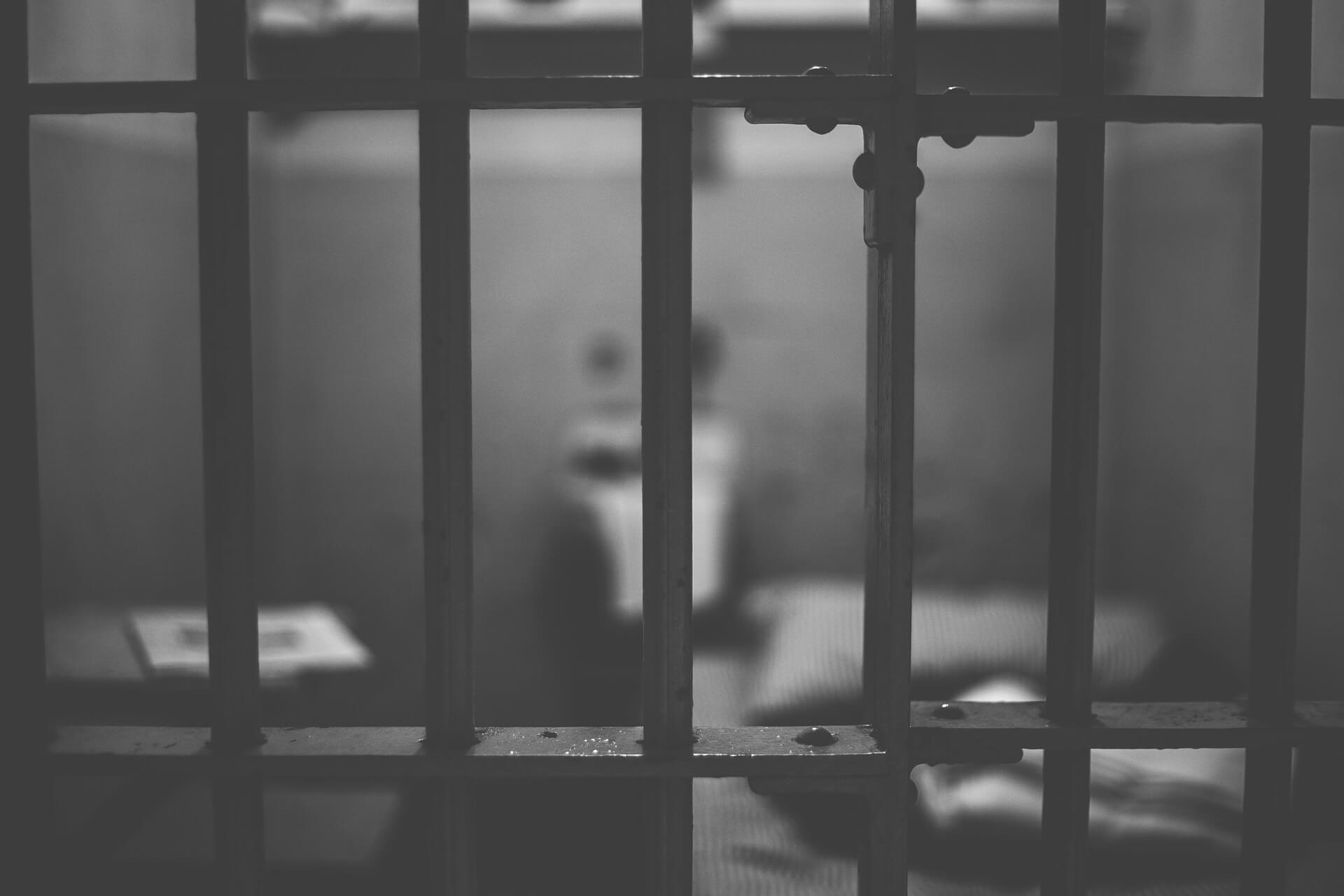Why are First Nations men overrepresented in the Yukon’s penal system?
No formal Gladue report system currently exists in the territory, which could help reduce recidivism among Indigenous offenders
Rhiannon Russell@rhrussell
This year, Canada celebrates its 150th birthday. Ours is a country of rich history—but not all Canadian stories are told equally. In this special report, This tackles 13 issues—one per province and territory—that have yet to be addressed and resolved by our country in a century and a half

In 2015, the auditor general of Canada noted in a report on the Whitehorse Correctional Centre (WCC) that evidence found rates of mental health issues and fetal alcohol spectrum disorder (FASD) were higher among Yukon inmates than among the general population. An estimated 90 percent of offenders struggled with substance abuse. Further, the majority of WCC inmates were First Nations men. More recently, from April 2016 to March 2017, 64 percent of inmates were First Nations, according to the territorial government’s statistics.
Overrepresentation of Indigenous people in jails and prisons is a Canada-wide issue, not unique to the Yukon. There are several reasons for this, including poverty, substance abuse, and lack of education and employment opportunities. “We believe it is clear that the social situation of Aboriginal people is a direct result of a history of social, economic and cultural repression, all carried out under a cloak of legality,” stated the Aboriginal Justice Inquiry of Manitoba in 1999. “This is a disturbing picture. But it also makes it clear that the high crime rates that characterize Aboriginal communities are not a natural phenomenon, but a direct result of government policies.” For years, public discussions about how to reduce this overrepresentation have taken place, without much change. In 1996, the federal government added a new provision to the Criminal Code: A sentencing judge must consider “all available sanctions other than imprisonment that are reasonable in the circumstances for all offenders, with particular attention to the circumstances of Aboriginal offenders.”
Three years later, in a landmark case called R. v. Gladue, the Supreme Court of Canada stressed the importance of this provision. “It is remedial in nature and is designed to ameliorate the serious problem of overrepresentation of aboriginal people in prisons, and to encourage sentencing judges to have recourse to a restorative approach to sentencing,” the judges wrote. Under Gladue, a judge must consider the intergenerational effects of colonialism and the residential school system.
In courtrooms across the country, this has led to the production of Gladue reports, a document that details an offender’s background and upbringing. But funding from provincial and territorial governments is hit or miss, depending on the jurisdiction.
In the Yukon, which has the country’s third-highest crime rate, no formal Gladue report program exists. Over the years, two people have written the reports on a volunteer basis, but that may soon change. In March, the Yukon News reported that the territorial justice department was working on a pilot project with the Crown’s office, legal aid, and some First Nations that may lead to the territory funding the writing of these reports.
“[The] Justice [department] cannot control the composition of the population that is admitted into our correctional system,” spokeswoman Catherine Young writes in an email. “Working on reducing the percentage of Indigenous inmates is a challenge that must be, and is, being met in many different ways.”
She says reducing recidivism is one of the department’s goals, by offering “culturally relevant programming” at the jail, such as wood carving, language classes, talking circles, and Elder counselling.
For 10 years, one initiative has been trying to reduce recidivism by diverting offenders with mental health issues, addictions, and FASD into a more rehabilitative process called Community Wellness Court. The accused must plead guilty (those who commit serious, violent crimes are not eligible to participate), agree to work with a wellness team, and appear before a judge on an as-required basis to provide progress updates. The process is considered more therapeutic than a jail sentence—if the offender abides by the necessary conditions, he or she avoids time behind bars and, at the end of treatment, is stable and less likely to reoffend.
“[I]n Yukon, we are working in the context of larger social problems,” Young says, citing high rates of substance abuse. “Poverty, lack of educational and job opportunities, homelessness, and other societal issues all contribute to people having conflicts with the law.”
Indeed, these issues point to a need for greater services and supports in communities. Back in 2015, the auditor general’s report noted that programs for mental health, addictions, and FASD were limited throughout the Yukon, but particularly in towns and villages outside of Whitehorse: “These limited resources are a significant challenge to the [Justice] Department in delivering its mandate.”
It’s difficult to rehabilitate offenders when community supports, such as counselling or alcohol and drug treatment, are lacking. When Gladue is taken into account, as it’s supposed to be, Indigenous offenders may receive non-custodial sentences, such as probation. But if therapeutic services don’t exist, the root causes of these pressing social issues cannot be properly addressed.